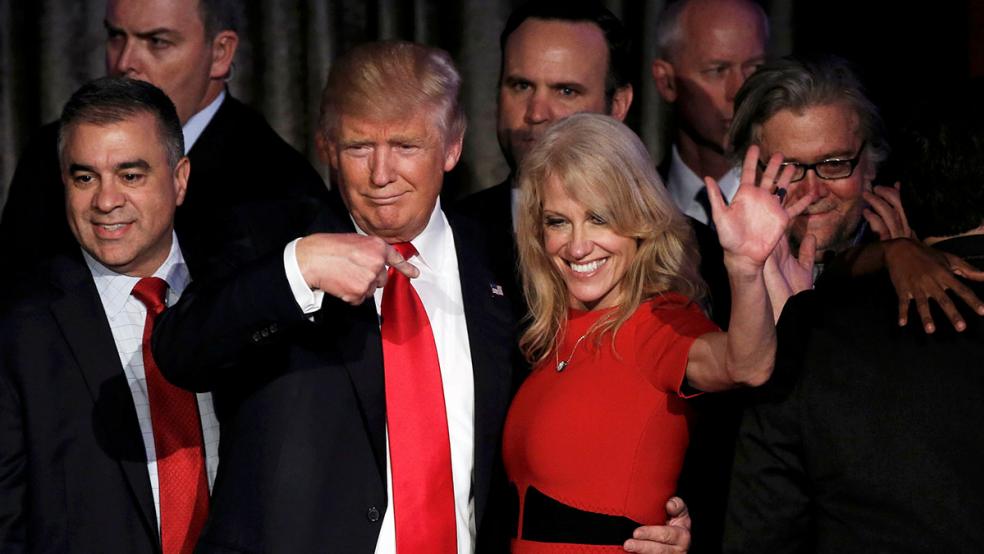With final vote tallies coming in, Donald Trump appears to be on track to become the fifth president in United States history to win the Oval Office despite his opponent winning the nationwide popular vote. The analyses of how the former reality television star managed his unexpected victory will be many and detailed over the coming years, but from exit polling data we can get a sense of a few of the major factors that contributed to his victory.
1. College-educated white voters came home to Trump.
With weeks to go in the campaign, polling showed that Trump was likely to become the first Republican in modern history to lose among college-educated white voters. However, on Tuesday that Demographic broke in his favor, 49 percent to 47 percent. College-educated voters as a whole decisively favored Clinton, 53 percent to 43 percent. Among non-white college graduates, Clinton won 71 percent to 23 percent. Related: 11 Huge Questions Americans Face Under President Trump
2. Households with income above $50,000 broke for Trump.
Trump’s base of support was frequently described as people facing dire economic problems, but exit polling showed that Americans in the lowest income brackets favored Clinton decisively. A little more than one third of the electorate lives in a household that makes less than $50,000 per year, and that segment favored Clinton by a double-digit 52-to-41 margin. However, the 64 percent of the electorate with household incomes above $50,000 favored Trump 49 percent to 47 percent.
3. Trump did surprisingly well with Hispanic voters.
Despite his obvious challenges with Hispanic voters, including his promise to wall off Mexico and deport millions of undocumented immigrants, Trump won 29 percent of voters who self-identified as Hispanic.
4. White voters, on balance, pushed Trump over the finish line.
In the end, the likeliest indicator of whether or not you were likely to vote for Trump appears to have been race. Trump did terribly among non-white Americans, losing their vote by a staggering 74 percent to 21 percent.
But in the U.S., white voters still make up about 70 percent of the total electorate, and they broke for Trump by a margin of 58 to 37. Related: After Shocking the World, President Elect Trump Must Prove He’s Up to the Job
5. In the end, #NeverTrump Republicans weren’t a major force.
From early in the campaign, Republicans who declared that they could never support Trump, whom they viewed as not a real conservative, were a vocal minority in the race. They went so far as to engineer the candidacy of former House of Representatives staffer Evan McMullin as an alternative choice. In the end, though, Trump did slightly better among Republicans -- earning 90 percent of the vote -- than Clinton did among Democrats, winning 89 percent.
Also, 9 percent of Democrats crossed the aisle to vote for Trump, while only 7 percent of Republicans backed Clinton.





